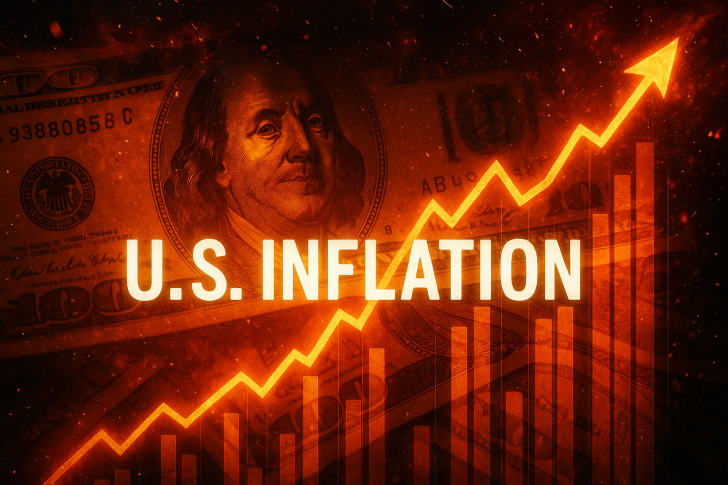Inflation acts like a hidden tax that quietly eats away at your money's value. Between 2020 and 2025, the U.S. dollar took a serious hit — losing more than a quarter of its buying power. Put simply: what you could buy for roughly $32,000 five years ago now costs about $40,000. That's not just numbers on a screen — it's real money out of real pockets.
What the Numbers Show
According to CPI calculator data, something that cost $31,954 in 2020 now runs you $39,999.57 in 2025. That's a cumulative inflation rate of 25.2%, meaning Americans need nearly $8,000 more just to purchase the exact same thing they could five years ago.
This kind of inflation doesn't exist in a vacuum — it touches everything. Your grocery bill goes up. Housing costs climb. That car you've been eyeing gets pricier by the month. Meanwhile, most people's paychecks haven't kept pace, which puts the squeeze on household budgets.
For investors, it means you can't just let cash sit idle — you need assets that can actually beat inflation, whether that's stocks, real estate, gold, or other alternatives. Businesses aren't immune either. They're constantly recalculating prices and strategies to keep their margins from getting crushed.
Looking Ahead
If this pattern holds, we could see the dollar lose nearly half its value over ten years. That's rough news for anyone relying on savings accounts, fixed pensions, or retirement funds that aren't designed to grow with inflation. The reality is that planning ahead matters more than ever — diversifying investments, considering inflation-protected securities, and timing major purchases strategically can make a real difference.
 Usman Salis
Usman Salis

 Usman Salis
Usman Salis


